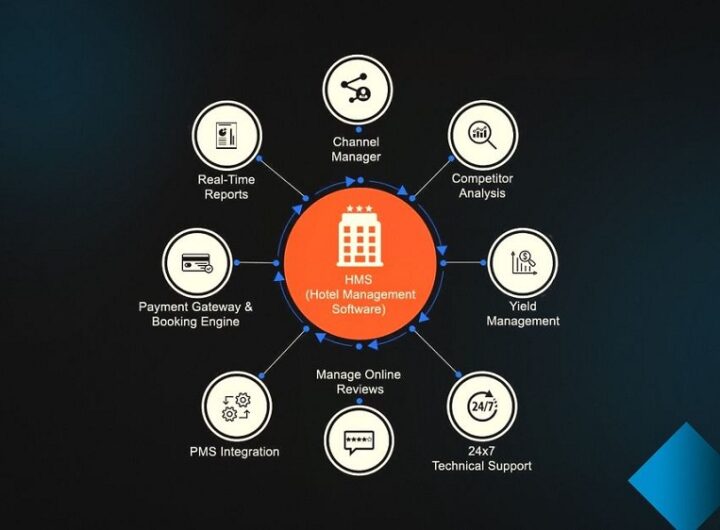
In today’s digital age, having a strong online presence is essential for the success of any small business. A well-designed website serves as a virtual storefront, allowing you to reach a broader audience, engage with potential customers, and showcase your products or services. In this step-by-step guide, we will walk you through the process of building an effective website for your small business, ensuring that you make a lasting impression on your target audience.
If you want to build your website on your own then you can take a look at website building course by toto coaching.
They are going to teach you everything you need to know to develop your website from scratch and how to get organic search traffic to your website.
Define Your Website’s Goals
Before diving into the technical aspects of website creation, it’s crucial to identify the primary goals of your website. Are you looking to sell products online, generate leads, provide information, or build brand awareness? Clearly outlining your objectives will help shape your website’s structure, design, and functionality.
Choose a Suitable Website Builder
For small businesses, website builders are excellent tools that offer a user-friendly interface and require no coding experience. Popular website builders like Wix, Squarespace, and WordPress offer a range of templates and customization options to create a professional-looking website that aligns with your brand.
Select an Engaging Design
The design of your website plays a pivotal role in capturing visitors’ attention and conveying your brand identity. Choose a design that aligns with your industry and showcases your unique selling proposition. Ensure that the layout is intuitive and easy to navigate, with clear sections for different pages, including a homepage, about us, products/services, testimonials, and contact information.
Craft Compelling Content
Content is king when it comes to building a successful website. Develop persuasive and concise copy that clearly communicates your value proposition and resonates with your target audience. Use high-quality images and videos to enhance the visual appeal of your website and engage visitors.
Optimize for Search Engines
Search Engine Optimization (SEO) is essential for improving your website’s visibility in search engine results. Research relevant keywords and incorporate them naturally throughout your website’s content, titles, meta descriptions, and image alt tags. Build backlinks by networking with other websites in your industry to boost your search rankings.
Ensure Mobile Responsiveness
With the increasing use of mobile devices, it’s crucial to ensure that your website is mobile-responsive. Test your website’s appearance and functionality on different devices and screen sizes, and optimize it accordingly. A responsive design will enhance user experience and keep visitors engaged, regardless of the device they are using.
Implement Contact Forms and Call-to-Action Buttons
Make it easy for potential customers to reach out to you by including contact forms on your website. Place clear and prominent call-to-action buttons throughout your site, encouraging visitors to take desired actions, such as making a purchase, subscribing to your newsletter, or scheduling a consultation.
Integrate Social Media Channels
Leverage the power of social media by integrating your website with relevant social media channels. Add social media icons that link to your business profiles, enabling visitors to connect and engage with your brand across different platforms. This integration will foster brand loyalty and expand your online reach.
Regularly Update and Maintain Your Website
A successful website requires regular updates and maintenance. Keep your content fresh and up-to-date, ensure all links are working correctly, and regularly check for any technical issues. Regular maintenance will enhance your website’s performance, security, and overall user experience.
Conclusion
Building an effective website for your small business is a crucial step toward establishing a strong online presence. By defining your goals, choosing the right website builder, designing an engaging layout, crafting compelling content, optimizing for search engines, ensuring mobile responsiveness, and integrating social media, you can create a website that effectively represents your brand and drives business growth. Remember to regularly update and maintain your website to provide a seamless user experience and stay ahead in the competitive online landscape.

 Finding the Best Web Development Company: A Guide to Choosing a Reliable Web Development Agency
Finding the Best Web Development Company: A Guide to Choosing a Reliable Web Development Agency  Methods for Verifying Email Address Owner Details
Methods for Verifying Email Address Owner Details  Why Mobile App Is Important For Your Business?
Why Mobile App Is Important For Your Business?  What are the top things that guests love the most about a hotel?
What are the top things that guests love the most about a hotel?  Watch the Promise of a Transformed Television Come to Life
Watch the Promise of a Transformed Television Come to Life